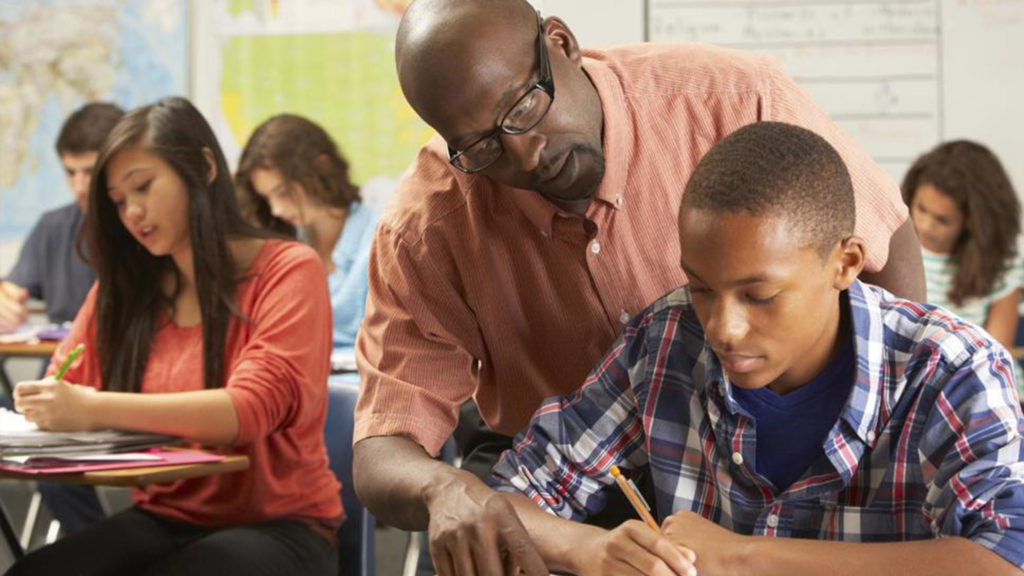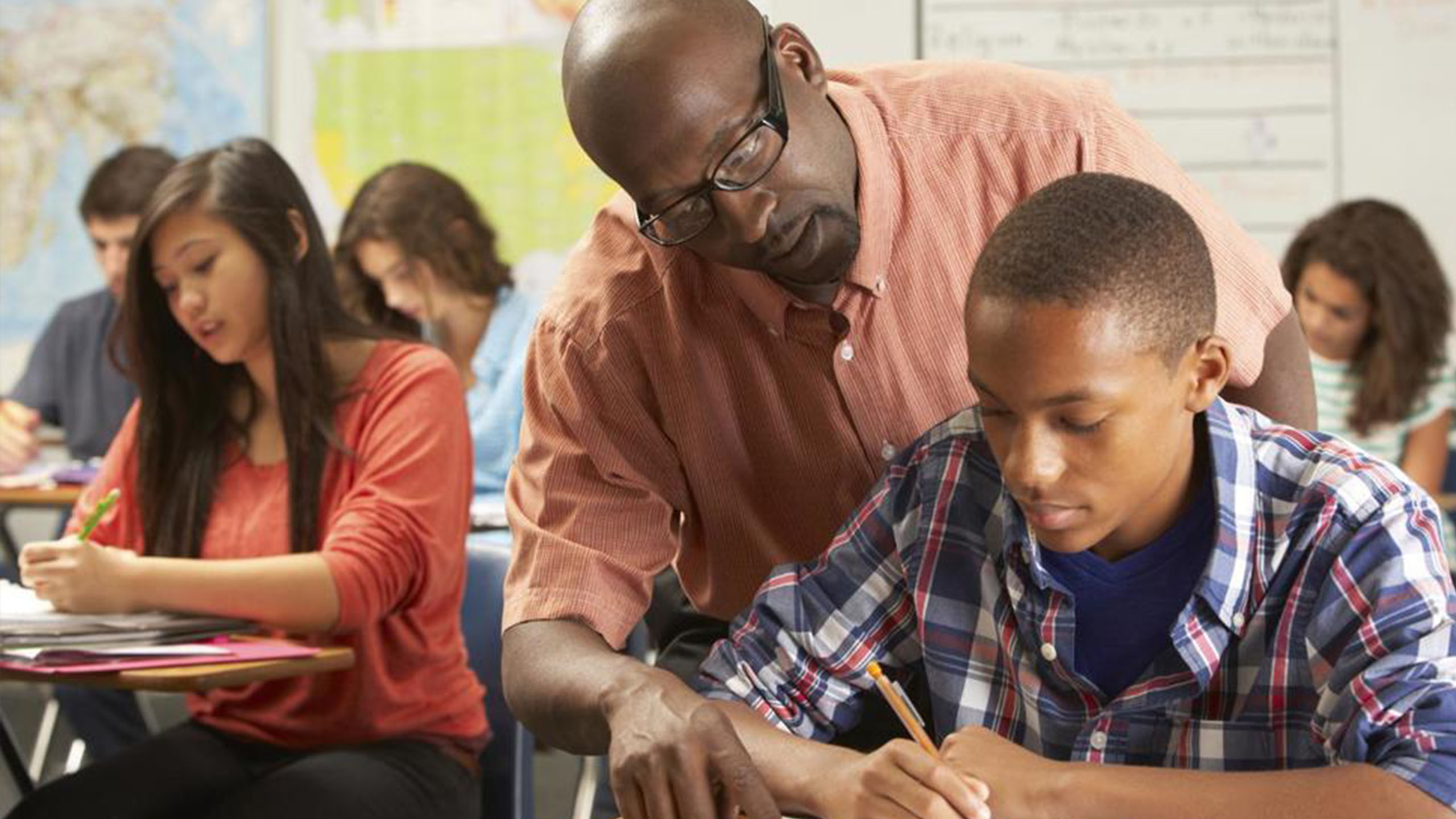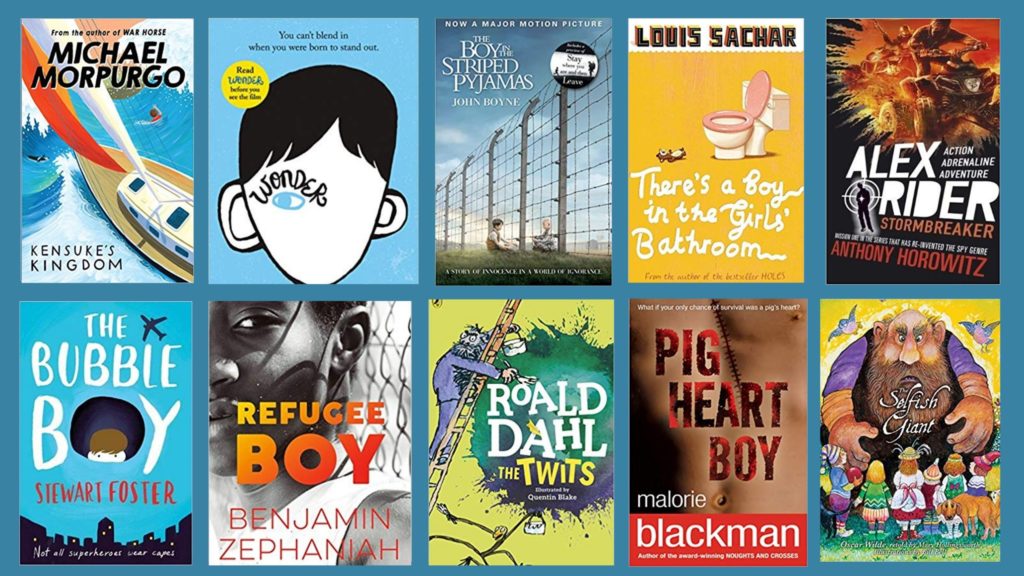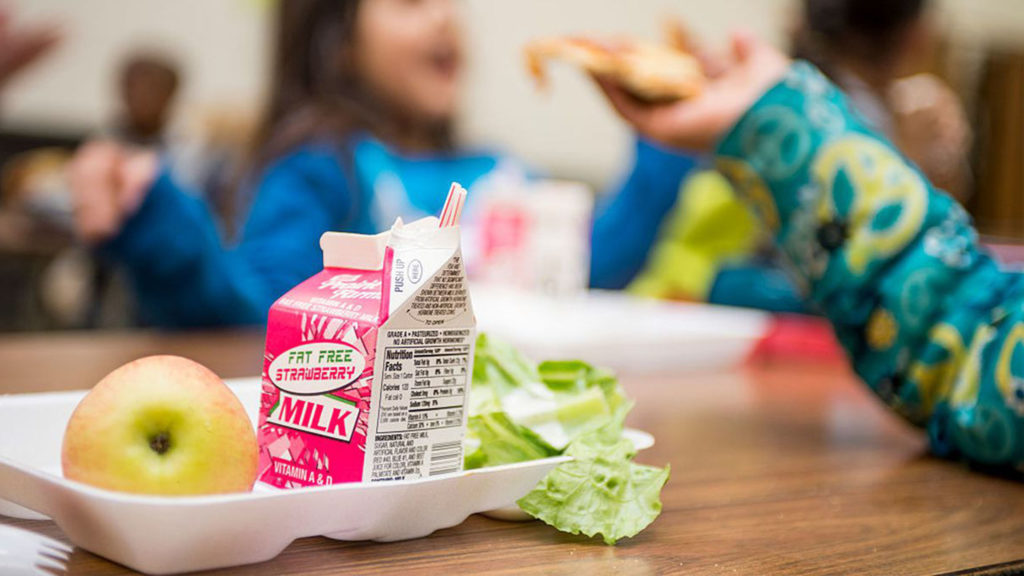Do you know who your most vulnerable students are?

There are particular groups of children we all need to be mindful of, children who are particularly vulnerable due to their needs and circumstances at home.
Government guidelines in the ‘Keeping Children Safe in Education’ document are very clear about how schools and colleges should keep the children in their care safe.
Within this document, the DfE advises all school staff to be particularly vigilant when it comes to the following students:
- Disabled and has additional needs
- Special educational needs
- Young carers
- Showing signs of being drawn into anti-social or criminal behaviours (gangs/organised crime)
- Frequently goes missing
- Alcohol and drugs misuse
- At risk of modern slavery, trafficking or exploitation
- Family circumstances (domestic violence, mental health, drug abuse)
- Has returned home from being in care
- At risk of radicalisation
- LAC (Looked after child)
All school staff must be alert to the potential needs of these children as their additional vulnerabilities make them particularly susceptible to a range of issues, from mental health, loneliness, child sexual exploitation, child criminal exploitation, abuse, discrimination, bullying and addiction.
Schools should be more open with their staff about who these children are so a closer eye can be kept on their particular vulnerabilities.
“Too often these children fall through the net and issues they might experience are picked up when it is too late.”
Schools need to focus on early intervention if these particularly vulnerable children are to be cared for and safeguarded in a timely manner.

In alternative provision and pupil referral units we often see children whose needs had been ignored or unrecognised for too long – by the time they arrive, it can be too late and their behaviours have led them into a life of exploitatation, abuse, criminal activities, embedded and hard to shift conduct disorders as well as poor mental health.
Behaviours and attitudes have become entrenched and normalised, abuse and neglect is expected and has become part of their lives. For many of our students, family members in prison are a normal part of growing up, a life of crime the only life to be expected. For some of our children a brother in prison and his associates in the area can bring kudos as well as protection from bullying or being a victim themselves.
A teacher who keeps an eye out and is particularly supportive can make all the difference.
Drug and alcohol abuse in parents usually feeds further substance abuse in their children – very few children manage to break out of this cycle and manage to resist the lure of being part of a group that experiments with drugs and alcohol themselves, even if they have seen and experienced the damage this can bring.
Equally, so many children who have experienced domestic violence end up being either victims or perpetrators themselves, or both. The cycle of abuse, domestic violence and mental health is hard to break by determined and strong adults, but children caught up in it need all the help they can get.
Early recognition, a coordinated response and collaboration between schools, childrens’ social services, CAMHS and other support agencies is essential in keeping the most vulnerable in our care safe and protect them from further harm.








Responses